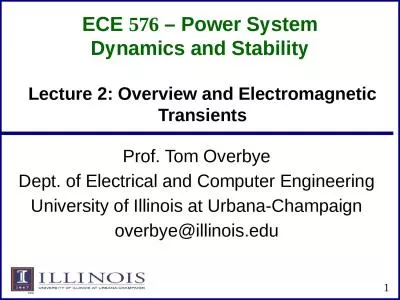PPT-Stability needs for state-of-the-art user experiments at NSLS-II
Author : giovanna-bartolotta | Published Date : 2018-09-20
Garth J Williams Representative experiments We consider two microscopy techniques as examples Differential Phase Contrast DPC Physical limits on image contrast
Presentation Embed Code
Download Presentation
Download Presentation The PPT/PDF document "Stability needs for state-of-the-art use..." is the property of its rightful owner. Permission is granted to download and print the materials on this website for personal, non-commercial use only, and to display it on your personal computer provided you do not modify the materials and that you retain all copyright notices contained in the materials. By downloading content from our website, you accept the terms of this agreement.
Stability needs for state-of-the-art user experiments at NSLS-II: Transcript
Download Rules Of Document
"Stability needs for state-of-the-art user experiments at NSLS-II"The content belongs to its owner. You may download and print it for personal use, without modification, and keep all copyright notices. By downloading, you agree to these terms.
Related Documents














